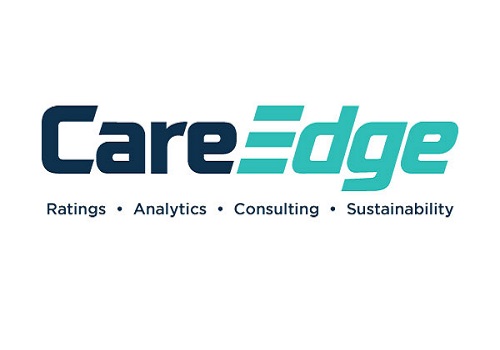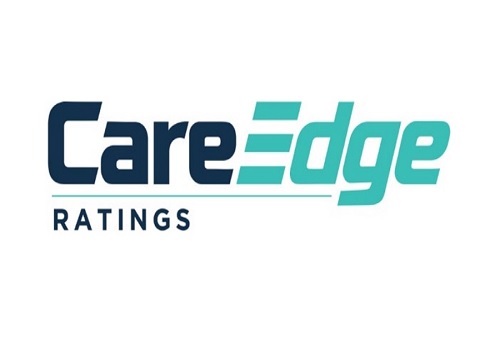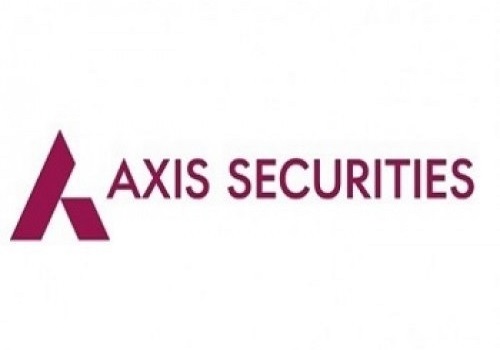RBI Guidelines on Project Financing by CareEdge Ratings

Synopsis
In May 2024, CareEdge Ratings published an article analysing the plausible impact of the Reserve Bank of India's (RBI’s) draft guidelines—issued on May 3, 2024—on financing of under-construction infrastructure projects. Now, RBI has released the final guidelines on project financing in the circular on June 19, 2025. The new guidelines, which comes into effect from October 1,2025 largely address few pertinent concerns released in the earlier draft guidelines and bode well for overall infrastructure financing landscape.
The new guidelines address several key bottlenecks observed by CareEdge Ratings, as enumerated below:
* Elimination of the six-month cap on the moratorium period post commencement of commercial operations, providing greater flexibility in structuring debt amortisation schedules especially for availability-based projects.
* A substantial reduction in provisioning requirements for standard assets—from earlier proposed 5% to 1–1.25% of funded exposure—for projects under construction. Additionally, upon deferment of Date of Commencement of Commercial Operations (DCCO), shift from provisioning of 2.5% to a phased, quarterly ramp-up approach appears more balanced and pragmatic.
* During the operational phase, the standard provisioning requirements for infrastructure projects remain unchanged at 0.4% compared to 2.5% proposed in the draft guidelines. This augurs well for the operational assets. However, for commercial real estate and residential real estate related exposure, provisioning requirement is kept marginally higher at 1% and 0.75% respectively.
* Switching the land/Right of Way (RoW) requirement from the pre-sanction stage to the pre-disbursement stage, mitigate delays in financial closure besides enhancing project execution progress.
* Keeping the projects that have achieved financial closure before October 1, 2025 (Effective date) out of the guideline applicability purview significantly allay the concerns w.r.t earlier proposal of including both existing and new projects suggested in the draft guidelines.
* Mandatory tail period of 15% of the project's economic life is estimated to reduce the leverage carrying capacity by 10% from the current level especially for the Hybrid Annuity Model (HAM) projects having relatively shorter concessions of 15 years in operational period. It also restricts top-up loan raising abilities of all types of infrastructure projects.
* Restricting the permissible timeline for cumulative deferment of DCCO (infrastructure projects) to three years from the existing limit of four years, including reasons for litigation, is considered stringent. Since litigation cases require longer time to resolve, this modification may result in the re-classification of such exposures (at the lender’s end) and a consequent step-up in borrowing costs in the implementation phase.
• Projects with cost overrun (due to change of scope) of less than 25% are likely to face asset classificationrelated challenges with credit event being triggered and increased financial burden on the project sponsor.
Above views are of the author and not of the website kindly read disclaimer






















